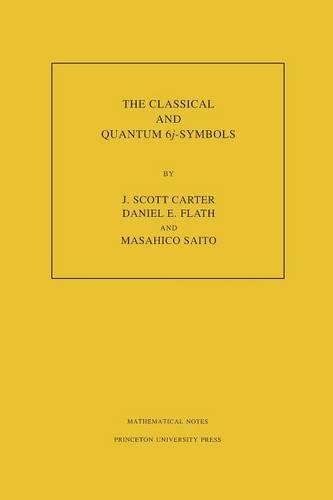
The Classical and Quantum 6j-symbols. (MN-43), Volume 43
(Paperback)
Publishing Details
The Classical and Quantum 6j-symbols. (MN-43), Volume 43
By (Author) J. Scott Carter
By (author) Daniel E. Flath
By (author) Masahico Saito
Princeton University Press
Princeton University Press
12th March 1996
United States
Classifications
Professional and Scholarly
Non Fiction
Quantum physics (quantum mechanics and quantum field theory)
510
Physical Properties
Paperback
176
Width 152mm, Height 235mm
255g
Description
Addressing physicists and mathematicians alike, this book discusses the finite dimensional representation theory of sl(2), both classical and quantum. Covering representations of U(sl(2)), quantum sl(2), the quantum trace and color representations, and the Turaev-Viro invariant, this work is useful to graduate students and professionals. The classic subject of representations of U(sl(2)) is equivalent to the physicists' theory of quantum angular momentum. This material is developed in an elementary way using spin-networks and the Temperley-Lieb algebra to organize computations that have posed difficulties in earlier treatments of the subject. The emphasis is on the 6j-symbols and the identities among them, especially the Biedenharn-Elliott and orthogonality identities. The chapter on the quantum group U
Reviews
"Overall this book would serve as an excellent introduction for students or mathematicians to any of the subjects included (representation theory of U(sl2) and Uq(sl2), Penrose/Kauffman style diagrammatics, Turaev-Viro theory)... "--Mathematical Reviews
Author Bio
J. Scott Carter is Associate Professor and Daniel E. Flath is Associate Professor, both in the Department of Mathematics at the University of South Alabama. Masahico Saito is Assistant Professor of Mathematics at the University of South Florida.
